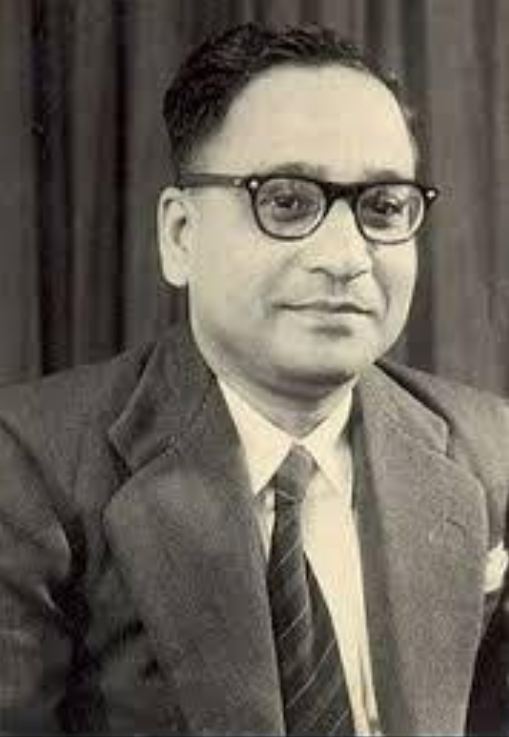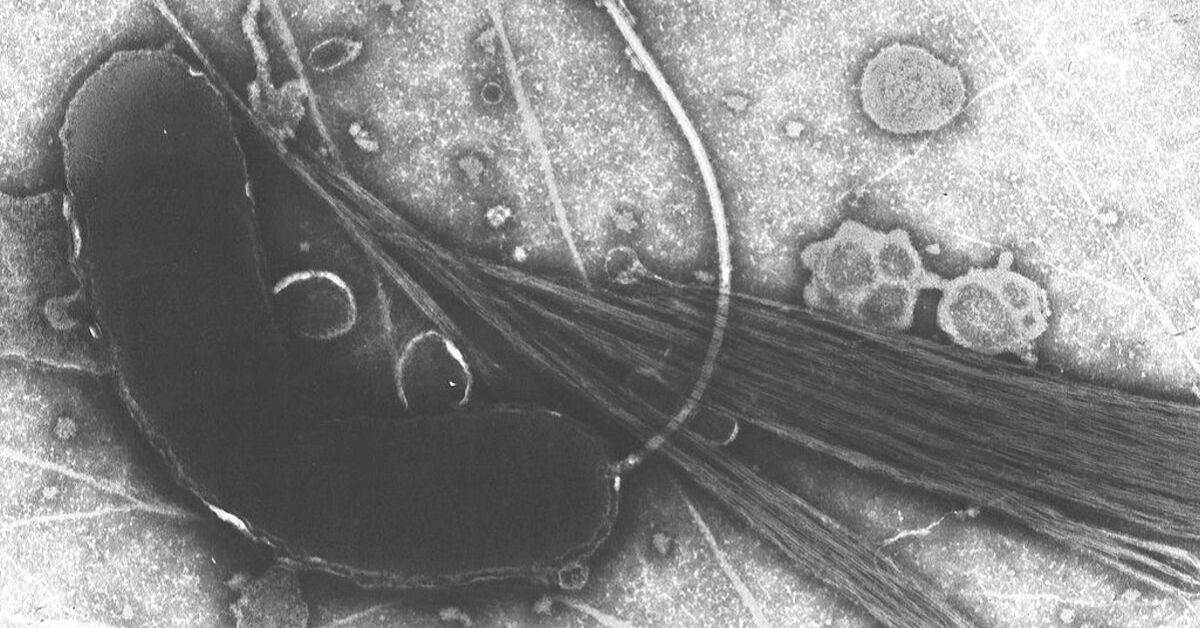It was in the 1950s when Dr Sambhu Nath De, a Calcutta-based scientist (present-day Kolkata), played a fundamental role in discovering the cholera toxin.
“De’s clinical observations led him to the bold thought that dehydration was a sufficient cause of pathology of cholera that the cholera toxin can kill ‘merely’ by stimulating the secretion of water into the bowel,” said Nobel Laureate Professor Joshua Lederberg, who had nominated the Indian scientist multiple times for the Nobel Prize.
Using the contact-free sensor that’s placed under your mattress, Dozee tracks and analyzes your heart health, respiration, sleep quality, stress levels and more
Not only would De’s work go on to strengthen our understanding of cholera and other diarrhoeal diseases, but also provide the foundation for oral rehydration salts therapy (for cholera) that would go on to save millions of lives, particularly in developing economies.
“It is the cornerstone of current anti-toxin vaccine research,” writes MSS Murthy, who wrote the book ‘Sambhu Nath De: The Discovery of Cholera Toxin’ published last year.
Despite being nominated a couple of times for the Nobel Prize in Medicine, he never got the nod. Most unfortunately, though, India did not honour this man in his lifetime. It is only recently that we have begun to celebrate his contributions to modern medicine.

Born in Garibati village, which is nearly 30 km from Kolkata, on 15 April 1915, De grew up in humble surroundings with his father the owner of a small business. He obtained a scholarship to study at the Calcutta Medical College in 1935, and it was thanks to MN De, a professor at the college, that he left for London in 1947, to pursue a PhD at the University of London.
Following his doctorate, he returned to Kolkata, where he began working on the “rabbit intestinal loop model,” which as this article will later explain, became the foundation for his groundbreaking work in understanding cholera.
But why was his work in cholera so important?
In the 19th century Cholera, “a rapid lethal dehydrating diarrheal disease” had killed millions across the Indian subcontinent and Europe.
Although the popular belief is that the disease first broke out in Jessore (now in Bangladesh) in 1817, a few scientists have disputed that claim. Following the outbreak of cholera in Europe, leading scientists of the time like Louis Pasteur and the German, Robert Koch, went on a mission to understand this devastating disease examining thousands of patients and those who succumbed to it.
They didn’t meet with any real success although Koch had wrongly claimed to have discovered the bacillus that was causing cholera.
“De did not believe in Koch`s poison theory, according to which the cholera bacterium produced an exotoxin that killed the victims. In fact, it took 76 years to find out the nature of the toxin produced by Vibrio cholerae. It was Sambhu Nath De who successfully proved that the toxin produced by Vibrio cholerae was an enterotoxin (a cytotoxin specific for the cells of the intestinal mucosa). Not only that, he was the first scientist to develop a successful rabbit model for cholera. In the intestine of the rabbit he made a special type of loop, these loops are known as a ligated intestinal loop in medical terms. Using such type of loops De proved that Vibrio cholerae produced one type of endotoxin which is responsible for the diarrhoea seen in cholera patients. He was also able to explain why cholera often led to dehydration. It was a totally new finding and opened up a new direction in medical research,” writes Dhrubajyoti Chattopadhyay for Vigyan Prasar.
However, even until the mid-1960s, the disease was causing utter devastation in India.
“Even in 1950, out of 1,76,307 cases, 86,997 deaths were reported from India, with a fatality rate of 49.34 per cent. Fifteen years later, though the number of deaths was still as high as 12,947, the fatality rate reduced to 29.9 per cent,” informs The Indian Express.
This is why De’s work was critical—not just for the Indian subcontinent, but for the world at large. Nonetheless, it was the Bose Institute, where De’s magic happened.
“So at the Bose Institute where De had been an Honorary Worker since 1954, he worked with one of us as his colleague (A Sen) with biochemical and chemical facilities available there in the physical and protein chemistry laboratory. His work in right earnest began in 1957, and by 1960 he established the existence of cholera exotoxin,” writes A Sen and JK Sarkar for the Indian Academy of Sciences.
However, thanks to the poor climate of scientific research in India at the time and lack of adequate resources, De could not take his work to its natural conclusion.
In 1973 at the age of 58, he retired from all official academic work, and in some ways scientific research as well.
“I have been dead since the early 1960s. I have been exhumed by the Nobel Symposium Committee… I discontinued my work on cholera enterotoxin as soon as I felt that with the limited resources and technology at my disposal, it would be impossible for me to pursue it further as I desired,” he said in 1978 during his speech in the 43rd Nobel Symposium on Cholera and Related Diarrhoeas.
He eventually passed away on 15 April 1985, at the age of 70.
“De died in 1985 unhonoured and unsung in India’s scientific circles. That De received no major award in India during his lifetime and our Academies did not see it fit to elect him to their Fellowships must rank as one of the most glaring omissions of our time…His choice of cholera as his field of interest was remarkably appropriate to his setting..De’s heroic story of persistence, dedication and achievement should serve as an inspiration to the many who are increasingly bewildered by the current fashion of mega projects, surrounded by fanfare and publicity and most often surprisingly little discernible scientific output,” writes Professor Padmanabhan Balaram in an editorial in Current Science, a scientific journal.
Also Read: 650 Towns, 2.7 Lakh Sex Workers: Inside Avahan, India’s Largest Public Health Win
(Edited by Gayatri Mishra)
Like this story? Or have something to share? Write to us: contact@thebetterindia.com, or connect with us on Facebook and Twitter.
If you found our stories insightful, informative, or even just enjoyable, we invite you to consider making a voluntary payment to support the work we do at The Better India. Your contribution helps us continue producing quality content that educates, inspires, and drives positive change.
Choose one of the payment options below for your contribution-
By paying for the stories you value, you directly contribute to sustaining our efforts focused on making a difference in the world. Together, let's ensure that impactful stories continue to be told and shared, enriching lives and communities alike.
Thank you for your support. Here are some frequently asked questions you might find helpful to know why you are contributing?

